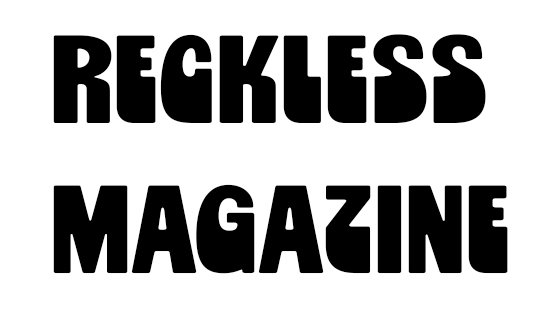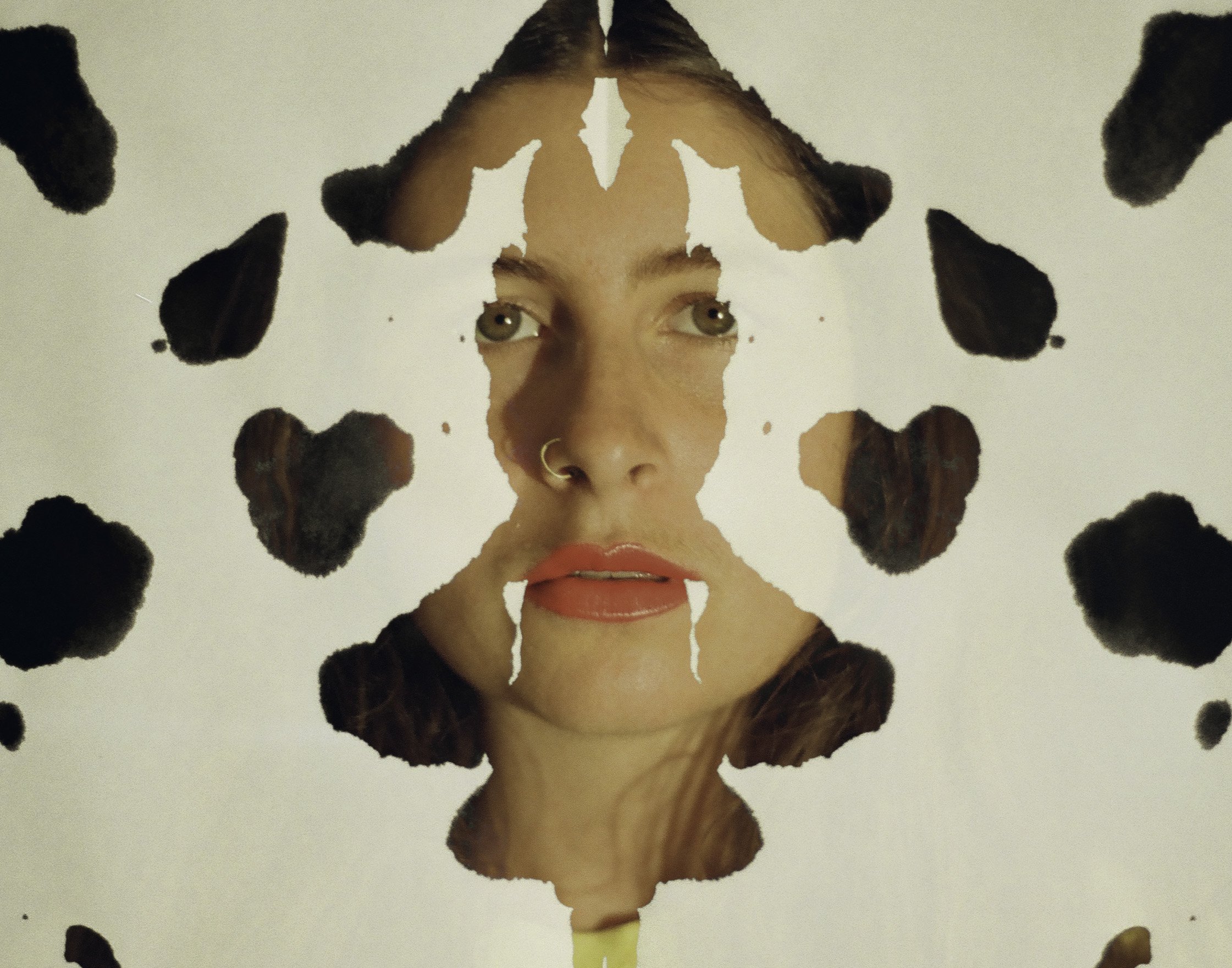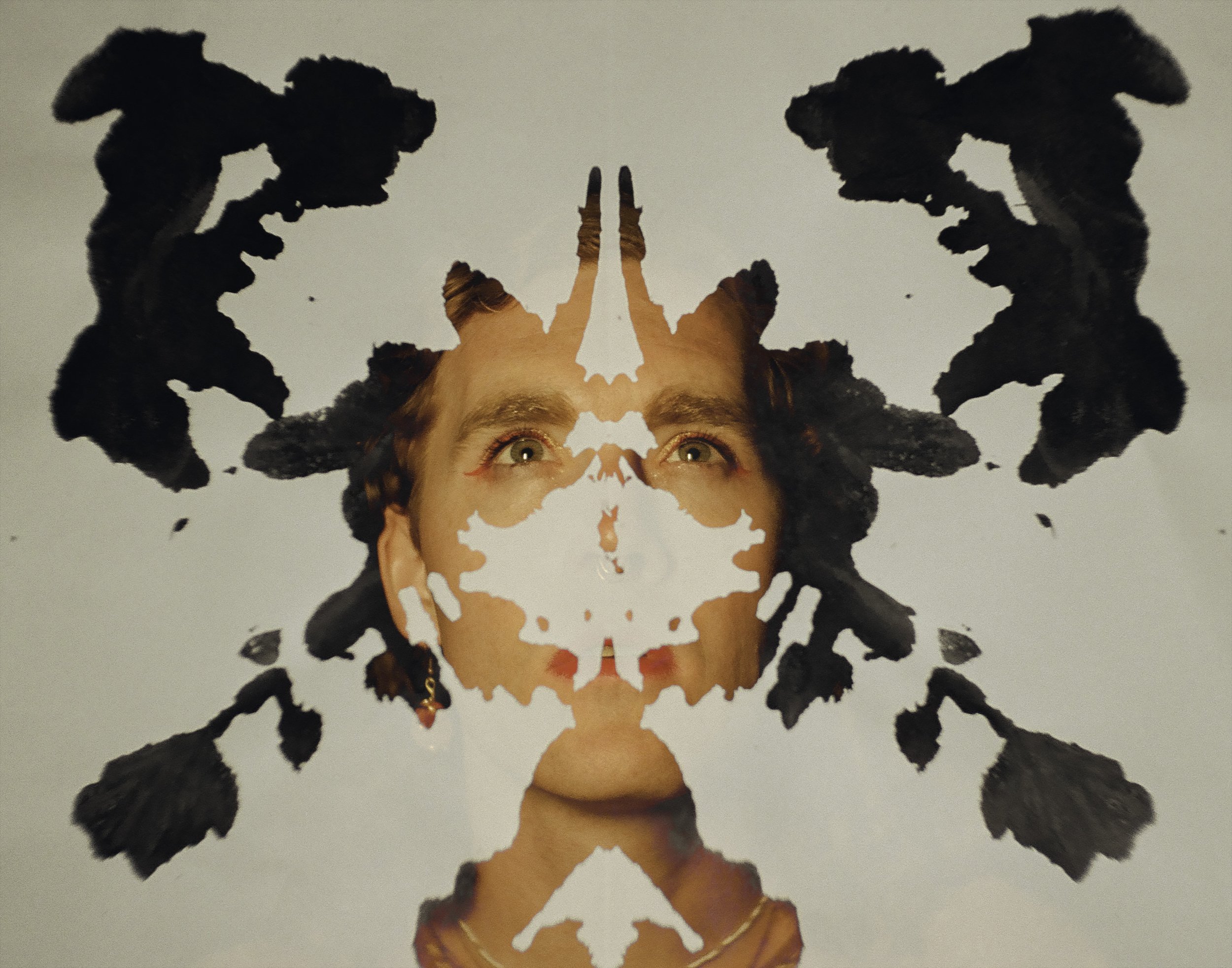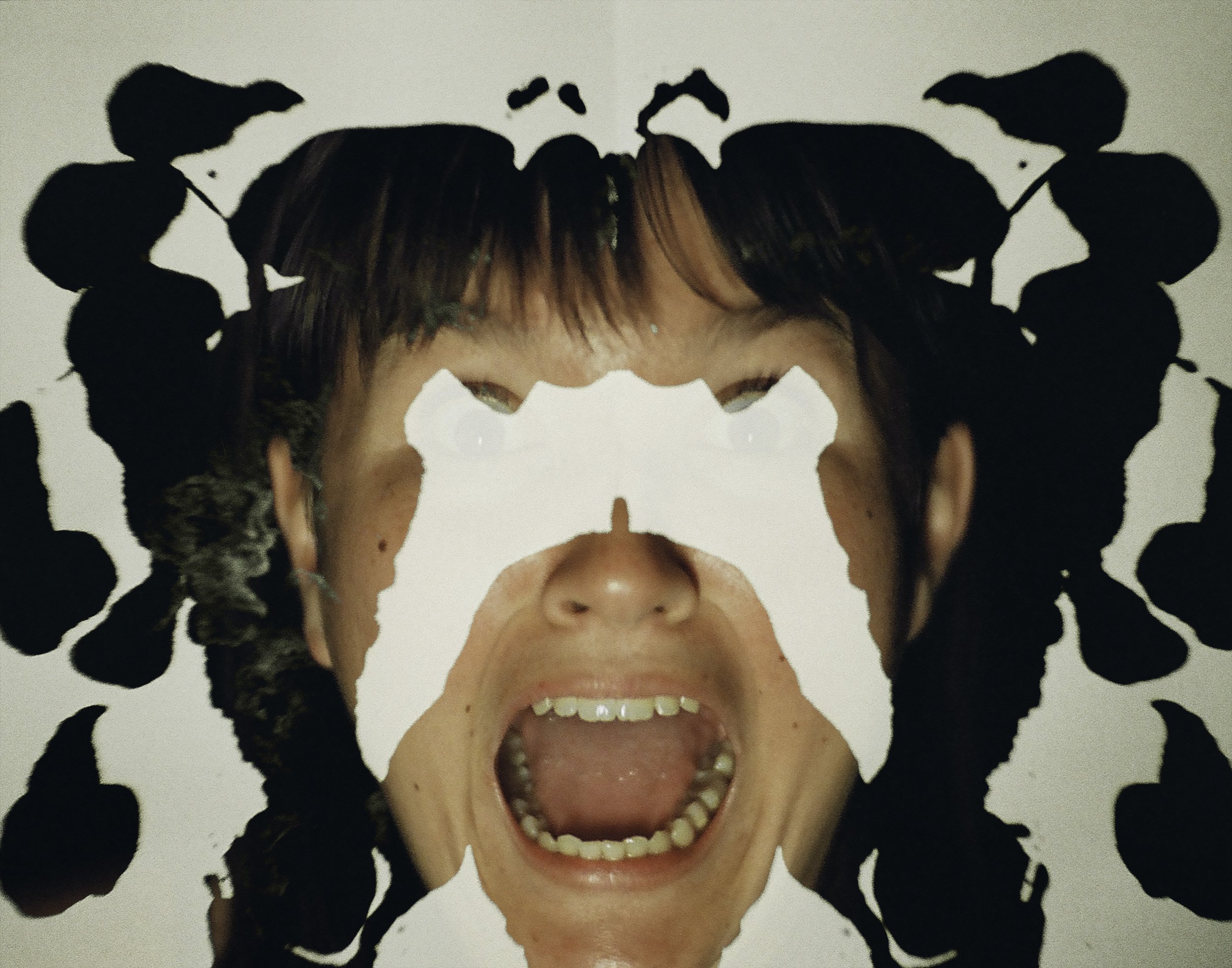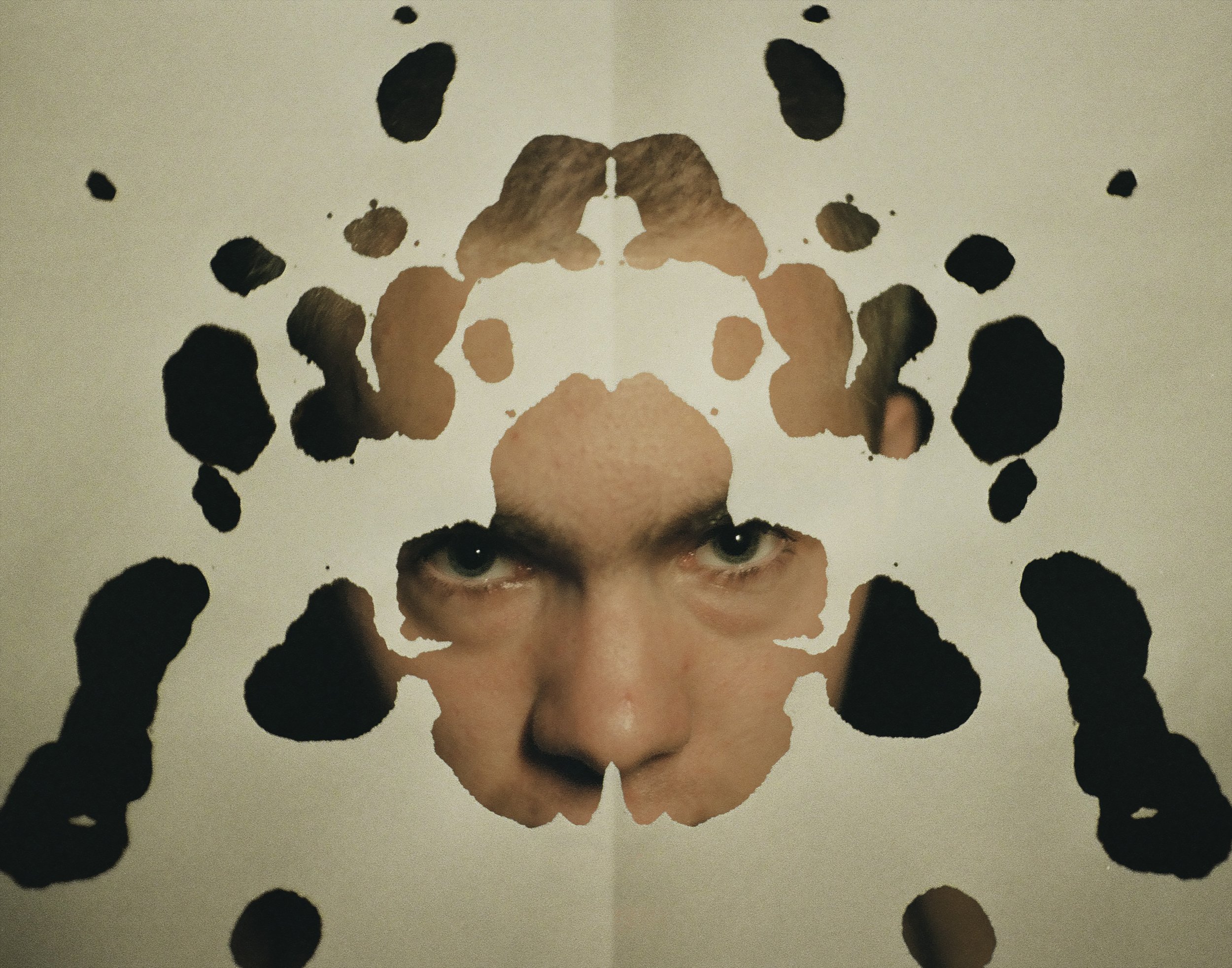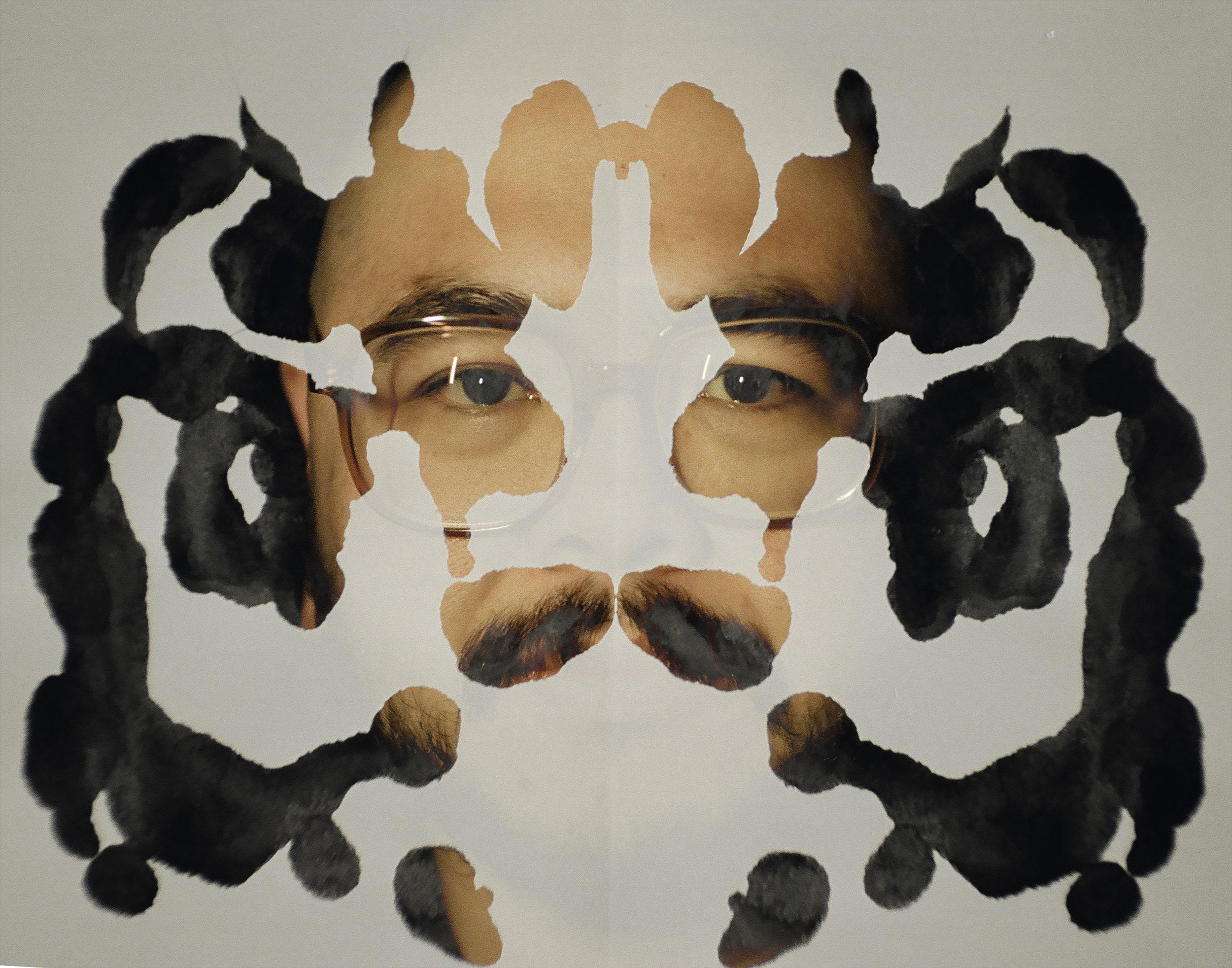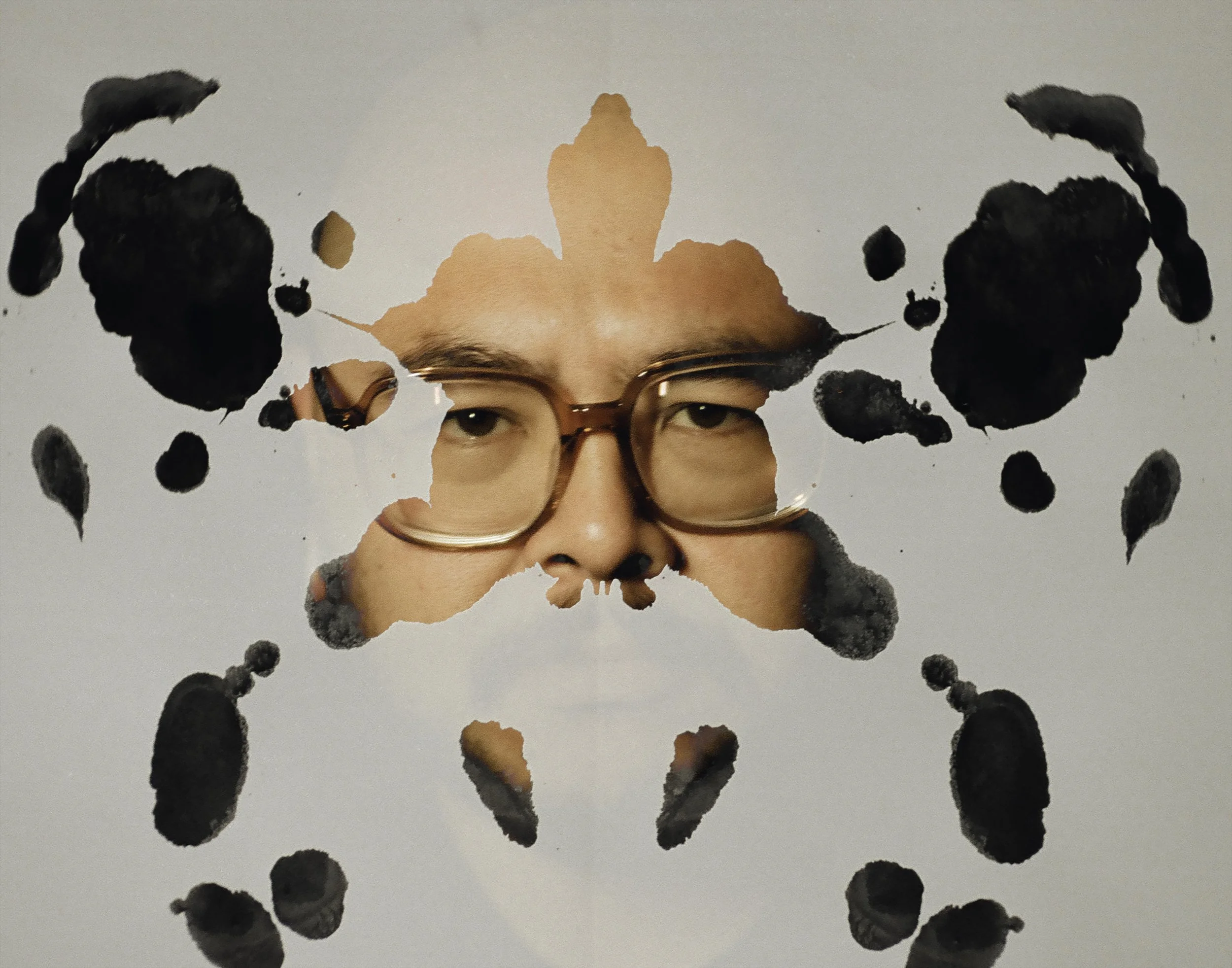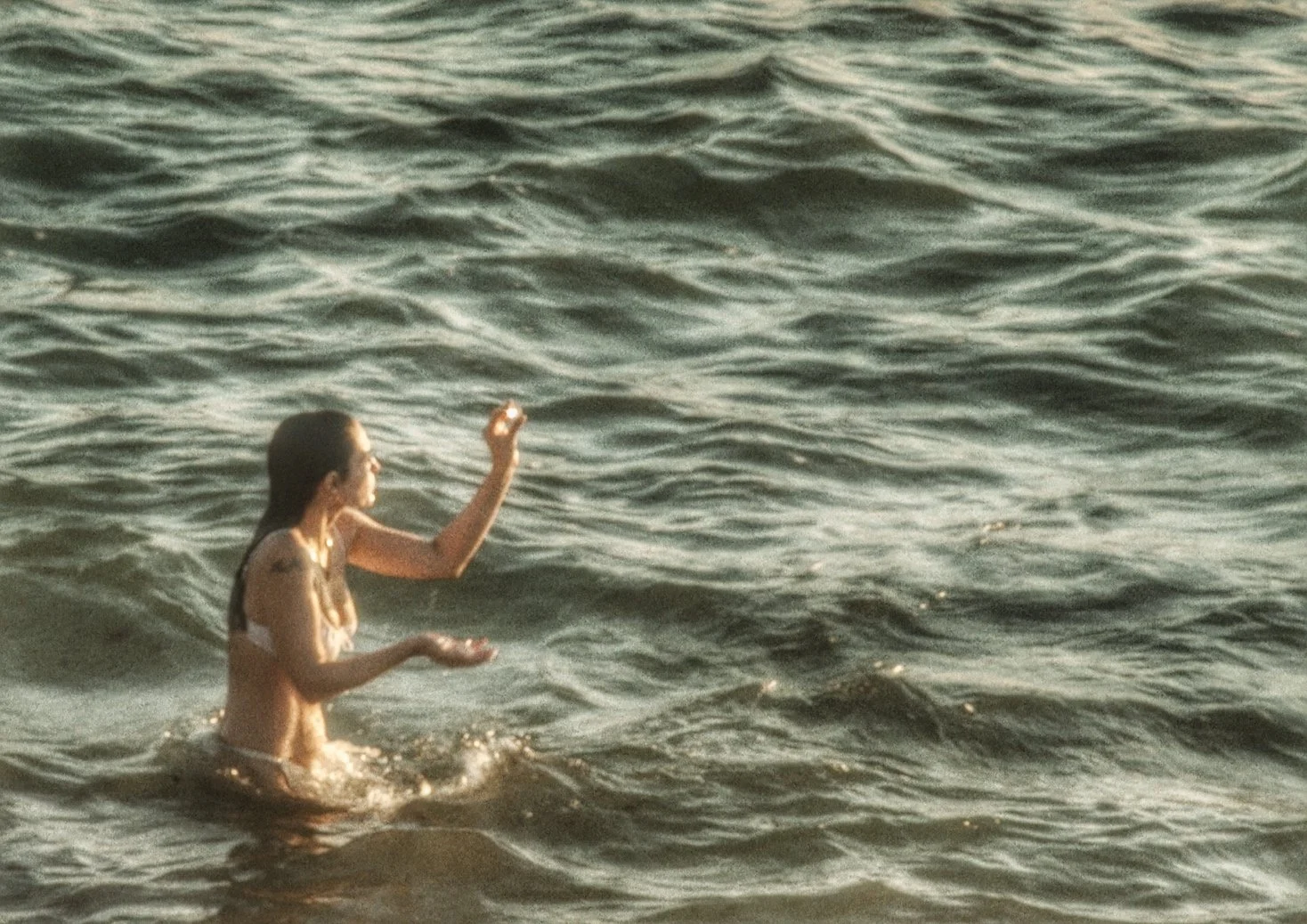What Do You See In Me

Double Exposures and Human Perception
Photography By Smiles Meyer
Los Angeles photographer Smiles Meyer shares “What Do You See In Me”, a project that explores human perception through Rorschach ink blot tests and photography. Smiles opens up about asking subjects to share their emotions, how this project was inspired by interactions at a party, and how we are worthy of meaningful connections.
Los Angeles and San Diego, USA
You are sharing your project, "What Do You See in Me?". What is this project about?
“What Do You See In Me” was a creative exploration of the fickle nature of human perception and interpersonal interactions. The months leading up to the genesis of this project I found myself dwelling on how often my perception of others would shift. People’s identities and presentations felt transient. One nasty comment could make me despite someone and in the same breath, one behavior could make me fall in love with that same person I once despised. Perception is all we have to walk through the world, our perception is the closest we can get to reality and yet it feels so unstable, always one foot in and one foot out. My own existence and how I wished to be perceived not only by myself but also by others was fleeting. And the thing I noticed is that the harder we attempt to control how we are perceived by others, the less control we have. This project explores the shaky foundation of human perception by repurposing archaic psychological tests into creative exercises.
How did you come up with this project?
About a year ago I moved to LA and I found myself at a party one Thursday night. I was mingling at the party, trying to make friends and the first group of people I interacted with loved me and I loved them. We chatted about LA egos, how nipples are older than our teeth, the movies they're working on, my photo projects, the struggles in pursuing creativity as a career etc. etc. The energy that gushed out of our conversation was warm, gooey and left me quite mushy. I continued to mingle, inflated with mushy feelings. In that same hour, I found myself talking to another person about similar topics. I mentioned a project I was working on and the person’s reaction was something that could best be described as utter disgust. Now, I am not dramatizing this, but the girl looked me up and down with a nauseating stare and walked away from me. No words, just back turned and walked away. I was honestly bewildered by her response, slightly impressed at the bravado it takes to just mid sentence walk away from someone. The juxtaposition of her response and the group of people I was talking with was incredibly interesting and equally unnerving. At the time, I was working at a therapeutic center for kids with various learning disabilities. I was in charge of art class and that week we were making rorschach tests (also known as Ink blots). The kids and I would make the rorschach test, let them dry and at the end of the day we would take turns saying what we saw in the ink blots. “I see a dragon” one would yell, “I see my pet hamster” another would say, and sometimes the kids would break into a heated debacle over who was “right”. I took time to talk about how they all are right. There is no wrong answer to what we see in the rorschach tests, it's just our perception. I tried to explain the excitement behind the concept that two individuals can be looking at the exact same thing and see two very different things, but I think I may have been the only one genuinely enthralled by this. The kids returned to exclaiming what they saw in their colorful ink blots, but all I could think of was my interactions at the party a few nights back. I found myself dumbfounded and giddy at the question, am I merely a walking and talking rorschach test?
Why is this important to you?
How people perceive us is often tied to their own experiences in life. It is not strictly anchored or reflective to who we are. How exciting! How relieving! How terrifying! As someone who struggles with anxiety, especially in social settings, this project was an attempt to instill in myself that what people see in me and how people perceive me, is quite frankly none of my business. What people see in me, you, us, is often due to their thousands of experiences they had before ever even meeting us. So do your thing lil walking and talking rorschach tests because what people see in you, is more likely a reflection of what is in them. This project was to relieve my own anxieties. This project was dedicated to anyone who struggles with social anxiety, fear of judgment, rejection, loneliness, overthinking, self doubt, fitting in, and the overarching fear of being perceived. You are worthy of platonic care, romantic love, and meaningful connections. You deserve to feel joy, experience intimacy and be deeply adored. Anyone who has ever made you feel otherwise was simply projecting.
What is the process of each shoot? How do you pick your subjects?
The subjects in many ways were accumulated through the snowball effect. I would shoot one person, tell them to tell their friends and usually within a day of one shoot I had a few people reaching out to be in the next one. The process for the shoots was all the same. The subjects would be asked to pick 5-7 rorschach tests that stood out to them. Once those were selected we would start with the first one. I would ask them what they saw in the ink blot, they would tell me. I would ask what emotion they felt when they saw (insert their response to the first question), they would tell me the emotion. Then I would ask them to embody that emotion using their face. I would then double expose them with the rorschach they were looking at. The shoots in a lot of ways were pretty minimalist, which was a blessing seeing as how the project was so expansive. I was lucky enough to have Lomography sponsor the project by sending me a lens perfect for low light portraits. This streamlined the project and made the images that much more crisp and engaging.
What have been some joys and what have been some challenges while working on this project?
Wow this is possibly my favorite question about the project because I get to speak to something that only I and the subjects of the project experienced. My biggest joy of this project, put simply, was the interactions I shared with the subjects during our shoot… the conversations, moments of silence, shared giggles, strange commonalities and mutual tears that the subjects and I shared… Those were my favorite parts. Maybe about 5 shoots into the project, I began to notice a trend. Every subject in the first few shots would feel timid. They would second guess their answers and doubt their own perceptions, too which I would always respond with that there is no “wrong” way to respond. The best part of the project was witnessing each participant start to open up. Their timidness would fade out and they would start diving deeper into their own psyche. They would talk about their failed romantic flings, they would cry about their family, they would laugh at themselves and they trusted me enough to capture it all. Witnessing my subjects begin to trust not only me, but their own perceptions was something so magical.. I cannot put it into words even if I tried. Almost every shoot would end with the subject saying they felt like they just left therapy (I am still not sure if that is inherently good). As someone who found creating to be a form of therapy, it brought me an immense joy to know that other people found therapy through creating with me.
How have you grown as a photographer because of the project?
Gosh, well I think that throughout my creative career, imposter syndrome has been the one friend by my side this whole time. And while this friend still stands with me, they are a lot less talkative. My imposter syndrome used to be the life of the party, the obnoxious socialite with a booming voice, but now it is more of an introvert that sits silently in the corner on their phone. I noticed since the overwhelming emotions have settled, I feel the urge to call myself an artist. This project pushed me into mediums and avenues I had not previously explored as a photographer. While I still hold tightly onto my photographer identity, I now see myself grasping slightly for the artist identity. This project included making rorschach tests, photography, videography, event organization, printing, framing and even graphic design for the merch. I think the overwhelming growth cannot be seen, but rather must be felt. I feel confident that I can go above and beyond my own expectations and still be successful. I feel completely full with joy, pride and love and simultaneously hungry for more.
"What Do You See in Me?" had its first solo exhibition. What was that like?
This project was my most expansive to date, not only with participants, but also with the solo exhibition. Much to my surprise the event sold out the week before its debut. I wanted the project to feel cohesive, even for the viewers who weren’t in the project. I remember the week of cursing myself for committing to so many different things, and the day after the event feeling so proud that I wore so many hats. The event included live music by the incredible Gable Brannigan (@gablemusic on IG). Her voice made me cry the first time I heard it and I knew I needed her to perform at my show. I think her silky soft vocals, paired with heart wrenching lyrics complimented my photos perfectly.
What I was most proud of about the solo exhibition was the space I created. The exhibit was donation based, because I never want money to be a reason someone cannot experience art. The exhibit was also a sober event. In 2022 I unexpectedly lost my father. His life was abundant with heroism, creativity and adrenaline and it was littered with substance abuse and struggles with addiction. After witnessing the impacts of addiction not only on his life, but on my and my sister’s life, I have become painfully aware of how we integrate substances into so many activities. I remember asking my friend what makes for a “good” art show and he said “free booze.” This comment felt like a reflection of the normalization of substance abuse. I felt incredibly proud and close to my father when I made sure the event was a sober event. A friend approached me after the show and pointed out how this was the first film, photo exhibition where the audience was not dominated by white cis men, but instead was abundant with diversity. That comment still sits with me. I created a space that was diverse, sober, accepting, queer friendly, bursting with creativity and donation based. The audience of this exhibition, the space of this exhibition, the energy that filled each room, the response to the pieces, the artists who helped create an inviting space, I am overwhelmed with love and gratitude for all of it.
What's next?
Well “WHAT DO YOU SEE IN ME” is in its closing phases. The merch is available online and the zine can be purchased through my website or in stores at Camera Exposure and Verbatum BookStore in San DIego. I am now in the works of planning my next project. Without giving too much away, it explores human connection, similarly to “What Do You See in Me”, but this will be much more colorful and much more messy. I am in the talks with a local event group Just Tryna Make Friends to organize an event around the project. I would love to do a show where instead of displaying the final product of the project, the show is focused on creating the images. Having an event focused on not displaying my work, but creating with others is something I am eagerly excited for. Stay tuned and check in with my social media @strangeexposures for more information on this secret project coming soon.
